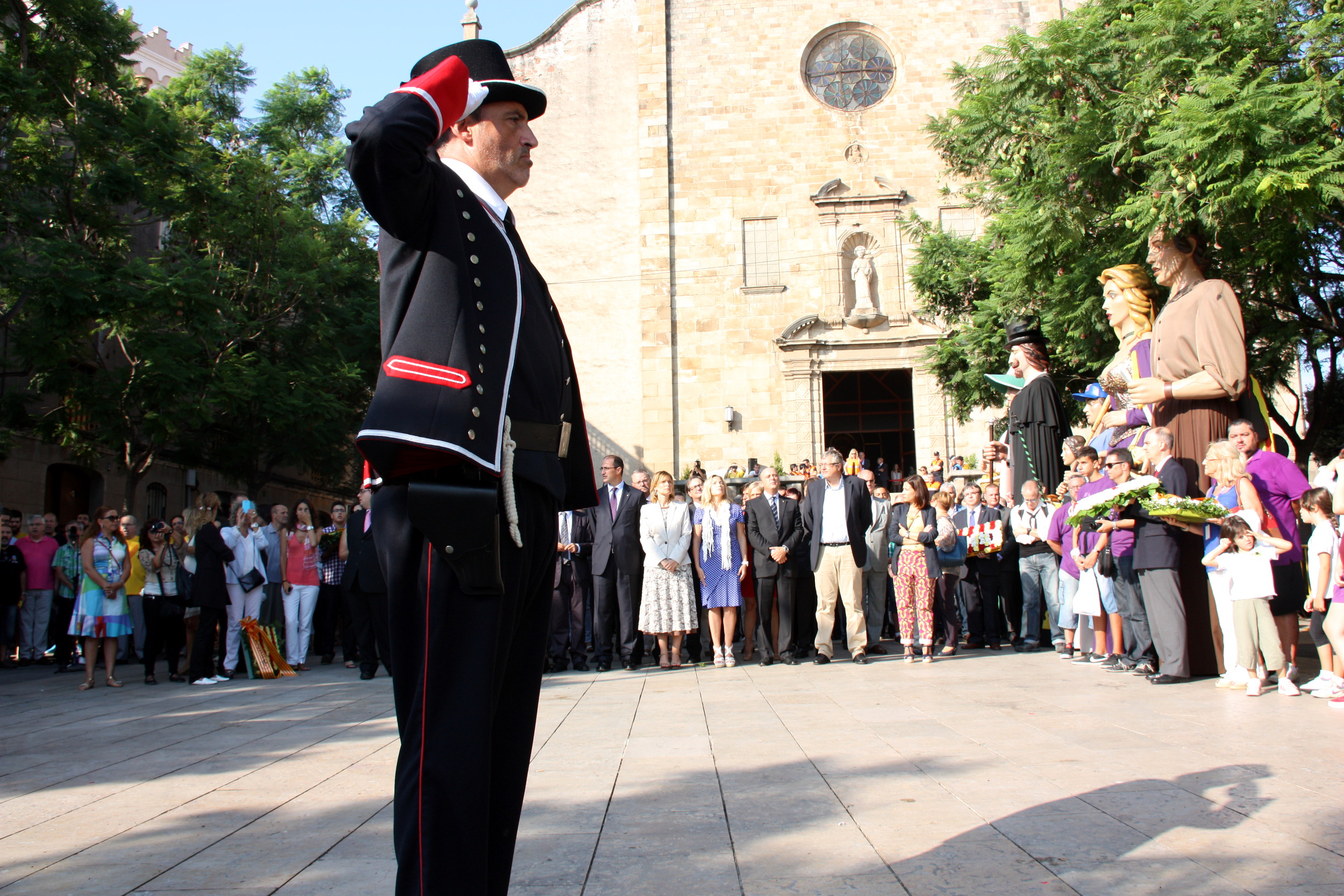The main public schedule for Catalonia’s National Day
The 11th September is Catalonia’s National Day, which commemorates those who were defeated by Bourbon troops on the same date in 1714, after defending Barcelona during a military siege that lasted 14 months. From that moment onwards, Catalonia lost its self-government institutions, its own laws and freedoms, and the Catalan language was banned and persecuted. The day has numerous ceremonies and celebrations throughout Catalonia. However, this year the commemoration of the National Day is marked by the proximity of the upcoming Catalan elections on the 27th September and the electoral campaign.

Barcelona (CNA).- Catalonia celebrates its National Day on the 11th September. The date commemorates the defenders of Barcelona’s final surrender to Bourbon troops in 1714. After 14 months of cruel military siege, the Catalan capital succumbed to Felip V, from the Bourbon dynasty, and following that, Catalonia as a whole was defeated too. The rendition meant that from that day on, the new regime imposed harsh political, economic, social and cultural repression that lasted until the 1970s. Although this year’s celebrations are to be held in the frame of the electoral campaign, there are still numerous ceremonies throughout Catalonia and especially in Barcelona that aim to keep a cultural and historical profile. The most relevant are reviewed below.
Flower offering
At 9am, political parties and institutions, as well as many civil society organisations and sports clubs, will bring flowers to the Rafael Casanova monument. Casanova was the leader of the Catalan Government which led Barcelona’s defence in 1714. The tribute is the most traditional event on Catalonia’s National Day and every town in Catalonia has similar celebrations, although in some places the monument is not of Rafael Casanova but rather a symbol that represents Catalonia’s defeat in 1714.
Open Doors
As happens on each 11th of September, the Catalan Parliament in ‘Parc de la Ciutadella’ and the Palau de la Generalitat, (the Catalan Government headquarters located on ‘Plaça Sant Jaume’) will be open to the public. From 10am until 7pm visitors can freely access both institutions and have the chance to meet some of their representatives.
‘Gateway to the Catalan Republic’: the mass rally that aims to be “the last one”
A gigantic demonstration is being organised by the two main civil society associations supporting the independence process, the Catalan National Assembly (ANC) and Òmnium Cultural, for Catalonia’s National Day. The ‘Via Lliure cap a la República Catalana’ (‘Gateway to the Catalan Republic’) comes after three years in a row of historic pro-independence rallies that have gathered more than 1.5 million people each. This time, the demonstration will take place along Meridiana Avenue in Barcelona and there are already 360,000 people registered to participate. The rally will make its way along a 5.2-kilometre-stretch, from the ‘Parc de la Ciutadella’ – where the Catalan Parliament is located – to the outskirts of the Catalan capital, symbolically linking the institution that represents Catalonia's sovereignty with the streets of Barcelona and the rest of the country.
More than 1,500 coaches will transport citizens from all over the country and extra trains will be put on in order to facilitate demonstrators’ access to the Catalan capital. The demonstration will officially start at 17:14, symbolising 1714, the year when Barcelona finally succumbed to Bourbon troops. The whole demonstration is expected to last approximately an hour and a half, including the final speeches that are normally given by the president of the ANC, Jordi Sánchez, and that of Òmnium Cultural, Quim Torra, and other outstanding representatives of civil society. At 17:14, a giant pointer symbolising the way to the Catalan Republic will travel along Meridiana Avenue, starting at Roselló Porcel Street, at the entrance of Barcelona, and going all the way up to ‘Parc de la Ciutadella’, where the Catalan parliament is located.